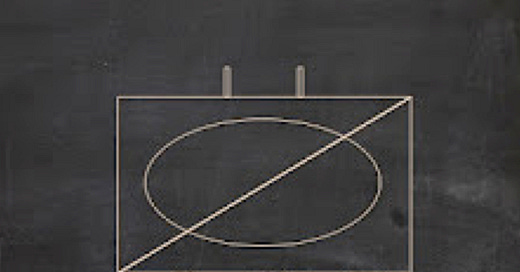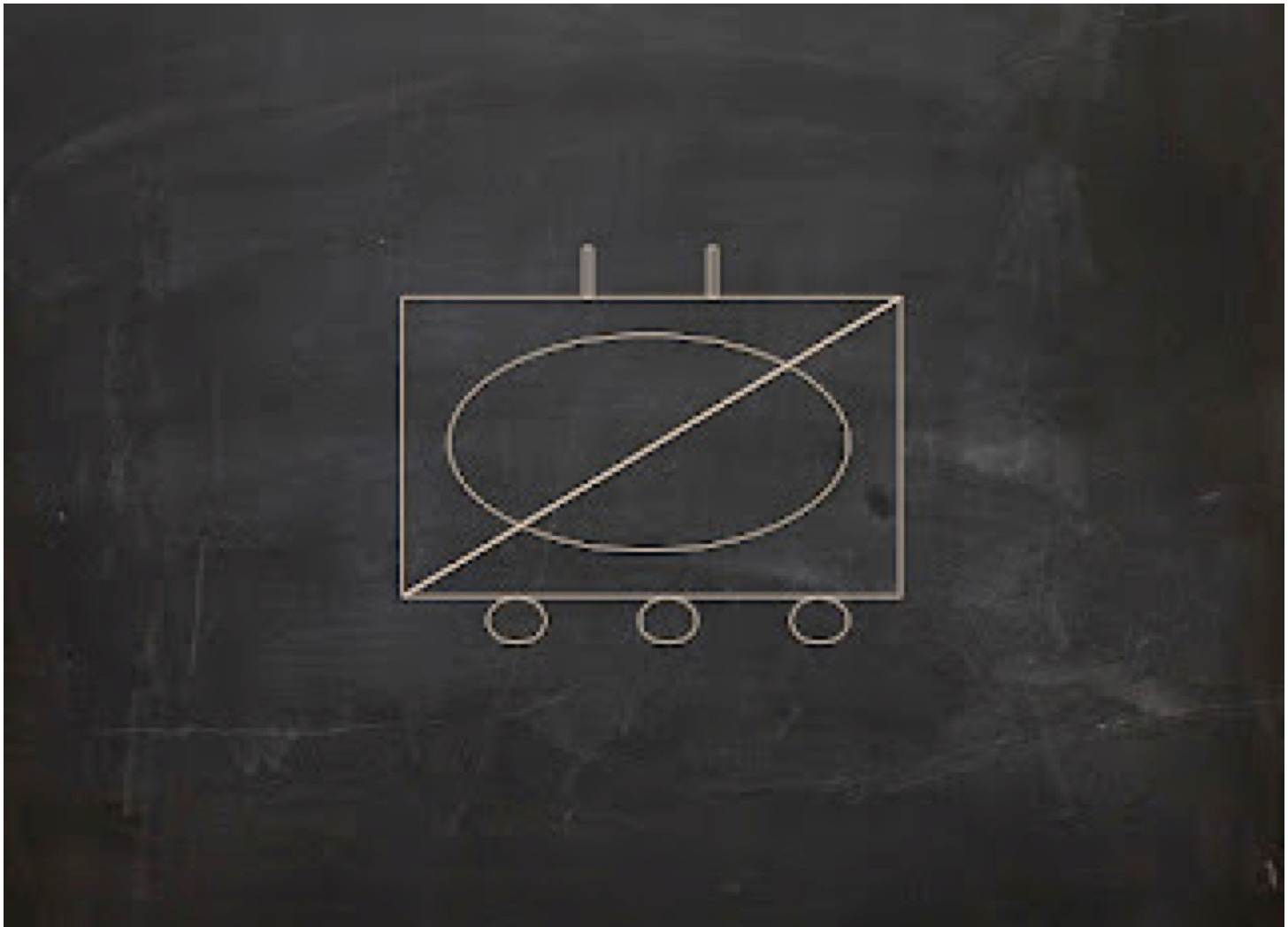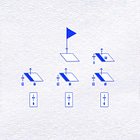The symbols used to depict military units on maps and organization charts are hieroglyphs. Like the hieroglyphs used for millennia to record the various languages spoken in China, these symbols are made by combining standard elements in different ways. These elements, in turn, are pictures that have been simplified for ease of drawing. Thus, the key to learning tactical symbols is to learn the radicals, and the key to learning the radicals is to associate each which the real-world object that it represents.
The system of map symbols adopted by the North Atlantic Treaty Organization (NATO) provides people new to the study of tactical symbols with a good place to start. For one thing, it is used around the world, not merely by the armed forces of many countries, but also by the authors of books, articles, blogs, and wargames. For another, it combines its component radicals in accordance with simple rules. (Thus, for example, the radicals that indicate the type of unit, the size of the unit, and the salient means of mobility are always located in the same places.
As might be expected from a linguistic phenomenon, the "language" of NATO map symbols is broken up into a number of "dialects." Some of these dialects are particular to particular armies. Others have developed to meet the needs of war game designers and military historians. (One of the most popular dialects of the standard NATO language is the set of symbols used by Leo Niehorster to depict the orders of battle of formations that fought in World War II.)
This folder contains a PowerPoint file that serves as home to a large collection of NATO map symbols.
Discussion about this post
No posts








